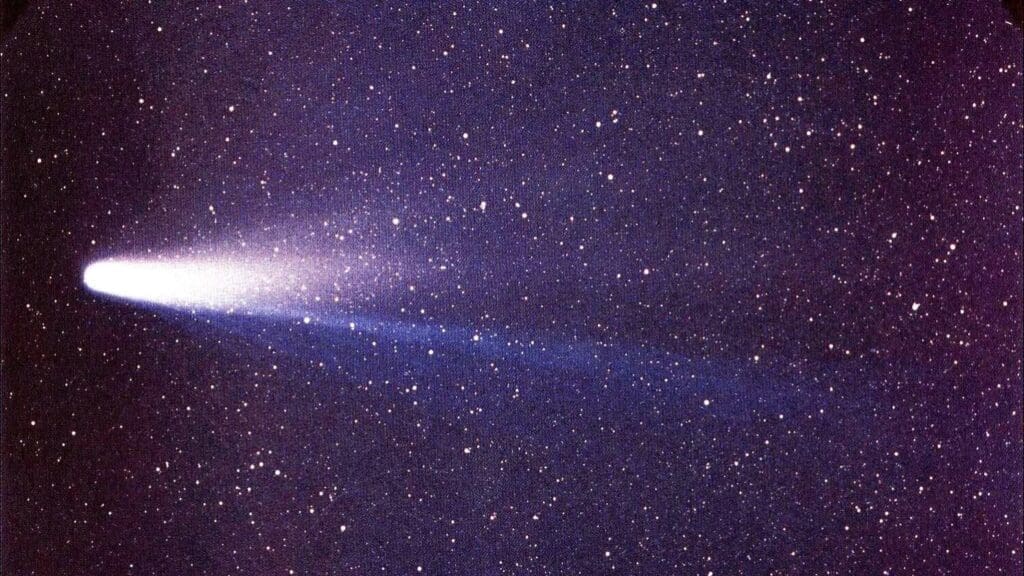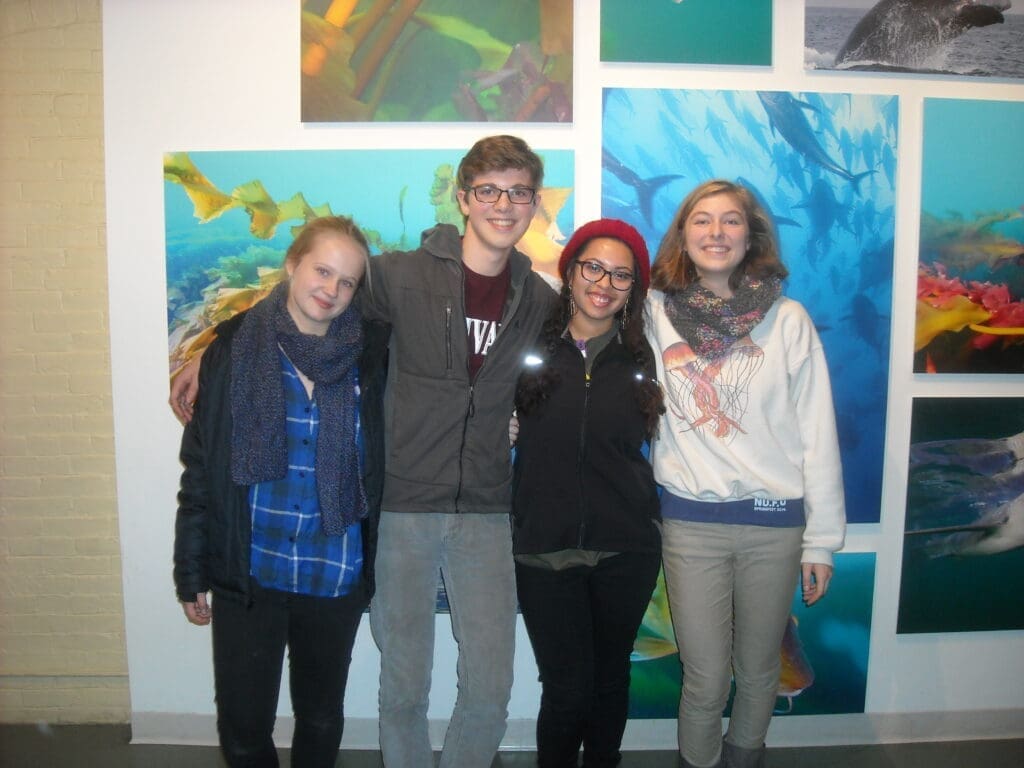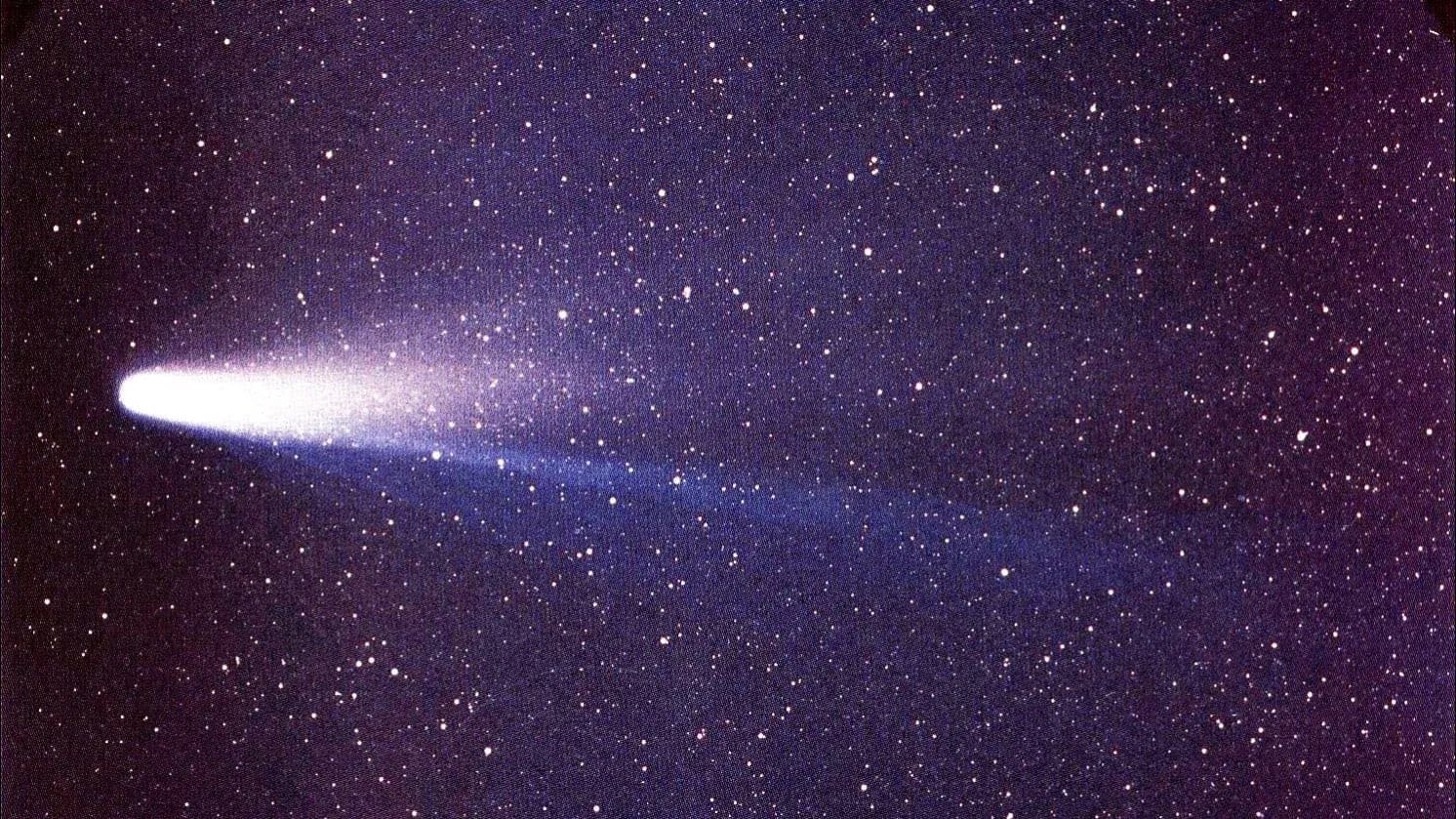Halley’s Comet, the Homeschool Symbiosis Team & Scenario 300
The Comet & Halley’s Prediction
Halley’s Comet last hurtled around the Sun in 1986 and is expected to return in July of 2061. The Sun’s gravity swung it back into deep space, but it has been slowing down ever since and is now almost at a stop. Astronomers have calculated that it reached its farthest distance from the Sun, its aphelion on December 9th, 2023, this past weekend. Now begins its slow but accelerating return toward the Sun and pass again by our little world. What will the Earth be like when the Comet returns? What kind of world do we want to greet it?
Edmund Halley and Isaac Newton who were both fascinated by seeing a Comet in 1682. Comets over the ages were considered bad omens. The word disaster literally means a “bad star.” After seeing the 1682 Comet, a young curious Halley coaxed Newton to finish his Comet calculations. Halley noticed that three Comets had appeared about 75 years apart. He hypothesized that these sightings were all of the same Comet and made a bold prediction that this Comet would return in 1758. There was a lot of anticipation and doubts for months, but it was first sighted on Christmas Day of that year. Instead of being an omen of disaster, there were huge celebrations. The heavens seemed a little less mysterious and more like a clock. Was the world predictable after all?

The Homeschool Symbiosis Team
In April of 2016, four of my homeschool biology students presented at a Bio4Climate conference held at Harvard’s Geology Lab Auditorium. This “Homeschool Symbiosis Team” gave a presentation titled “Restoring the Gulf of Maine.” They showed how Cashes Ledge, which was protected from trawlers for over a decade, became a Kelp forest full of life. Hayden showed how Kelp forests create a “planktonic soup” that feeds the filter-feeding shellfish. Lynus proposed reducing the areas where bottom trawling was allowed to bring back more Kelp Forests and more fish.
Jamila and Annie called for the return of Menhaden, a small filter fish which once came around Cape Cod every Spring in schools many square miles in size. Menhaden schools once fed huge numbers of predator fish like Striped Bass, Bluefish, Mackerel, Cod, Tuna, and Swordfish. They also supported healthy populations of seabirds, seals, dolphins and whales. Menhaden have been fished relentlessly farther south and large schools rarely make it to the Gulf of Maine in recent years.
I sent the YouTube video of this presentation to his mentors, John and Nancy Todd, the founders of the New Alchemy Institute and Ocean Arks International. They were very impressed and decided to come to the next Bio4climate conference about the Oceans in November 2016. They wanted to see the Homeschoolers, and John Todd agreed to give two presentations at the Oceans Conference.
These four Homeschool students then passed their AP Environmental Science test in May of 2016 and began thinking about their future. All of them worked on biological restoration projects before attending college. In our last Homeschool Biology class, we talked about Rachel Carson, who wrote Edge of the Sea, which we read in the course.
Edge of the Sea described the lives of so many sea creatures, but in this book, Carson focused on the underappreciated invertebrates. She inspired the team’s Gulf of Maine presentation. The students were confident they could tell the story of diverse marine ecosystems.
At the end of this last class, the students agreed that they should stay in touch. I gave each a hardcover copy of Silent Spring. They all signed inside each other’s copies. Then I asked them to write the date of July 28th, 2061 in their books. “That’s the predicted date that Halley’s Comet returns.”
The Homeschoolers were quite excited and agreed to meet for a Comet Watch party in July 2061 when they would be 61 years old.

The Bio4Climate Oceans Conference – November 19, 2016
The Homeschoolers spoke first that morning after they met John and Nancy. Their topic was “Where did the Oceans come from and where are they going?”
Hayden’s Slides on Ocean Acidification
Hayden was very concerned about ocean acidity and its killing effect on young shellfish. She had noticed that ocean acidity was increasing as the rise in atmospheric CO2 concentration was accelerating.
Hayden’s slides took my breath away. I realized that if the “Business as Usual” Scenario continued until 2061, the atmospheric CO2 levels would exceed 500. At that level, the shellfish would be gone, the permafrost would be rapidly melting while exhausting much methane. Global warming would make much of the planet unlivable to humans. The Homeschoolers would unlikely live to see the Comet.
Later in the day we heard presentations about coral reefs, sea grasses, mangroves. John Todd also spoke twice that day about restoring freshwater systems in the morning and later about his Catamaran sailing ship equipped with 4 on-board ecosystems to improve water quality as it moves through polluted areas.
Scenario 300 Vision – I want children born in the 21st century to see the Comet
The Oceans conference was great, but I couldn’t get the idea of 500 ppm of CO2 out of my head. My students would have to face this. Would they have the chance to grow old? I would much prefer leaving them an Earth with 300 ppm of CO2, and the ecosystems that could maintain those conditions. How could this be done?
I made my first presentation for a Scenario 300 the next day, November 20, 2016.
Here is the introduction I delivered:
Scenario 300: Land ecosystems must drawdown 20 gigatons of carbon from the atmosphere on a yearly basis to reach 300 by 2061. Scenario 300 proposes that the restoration of degraded ecosystems of several types could capture enough carbon in soils to reduce the atmospheric CO2 concentration from about 410 ppm in 2018 to 300 ppm before Halley’s Comet returns in 2061.
Millennials born at the beginning of the 21st Century will be reaching their retirement years and it is hoped that they will have a future to look forward to. Seeing this famous Comet return for their first viewing could be a time of celebration for the many tough choices they had to face and a time of reflection at their successes and failures. How can our generation help them be prepared for what is coming?
Support our work at Bio4Climate and keep learning ways to restore our ecosystems, rehydrate the land, and regenerate our Earth.
Let’s Make Surface Area to End the Drought and Cool the Climate:
You can read the full Scenario 300 here, and watch the symposium it inspired, Counting Down to Restoring Earth with Bio4Climate and Ecosystem Restoration Communities.

